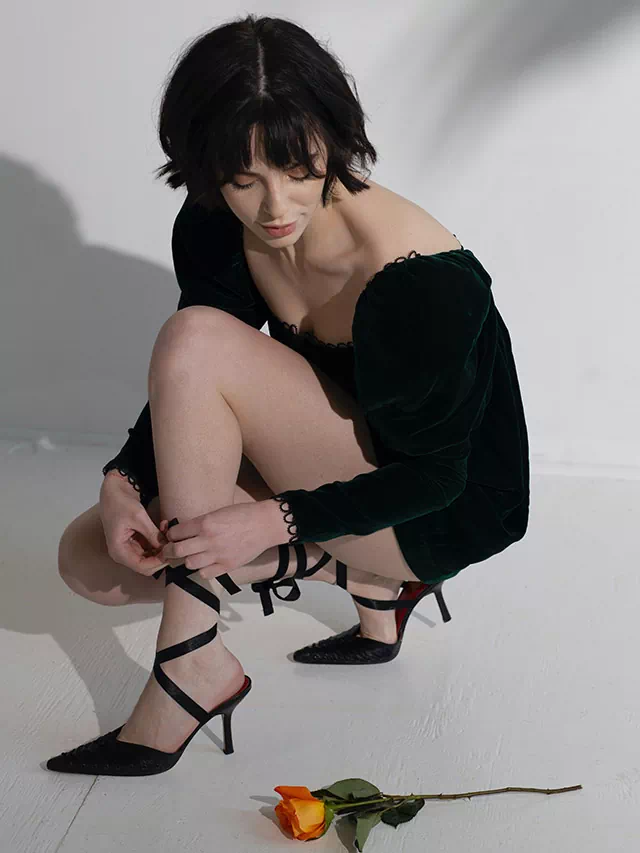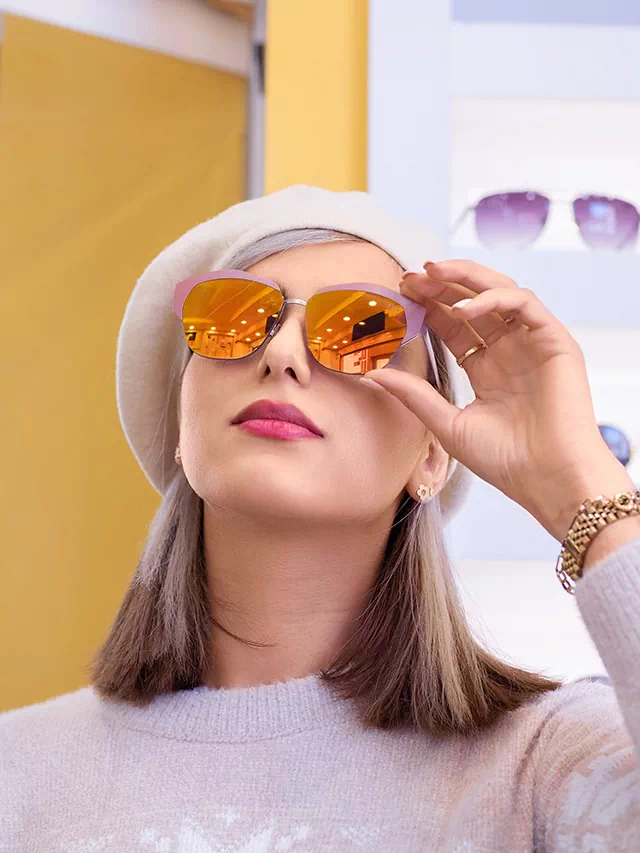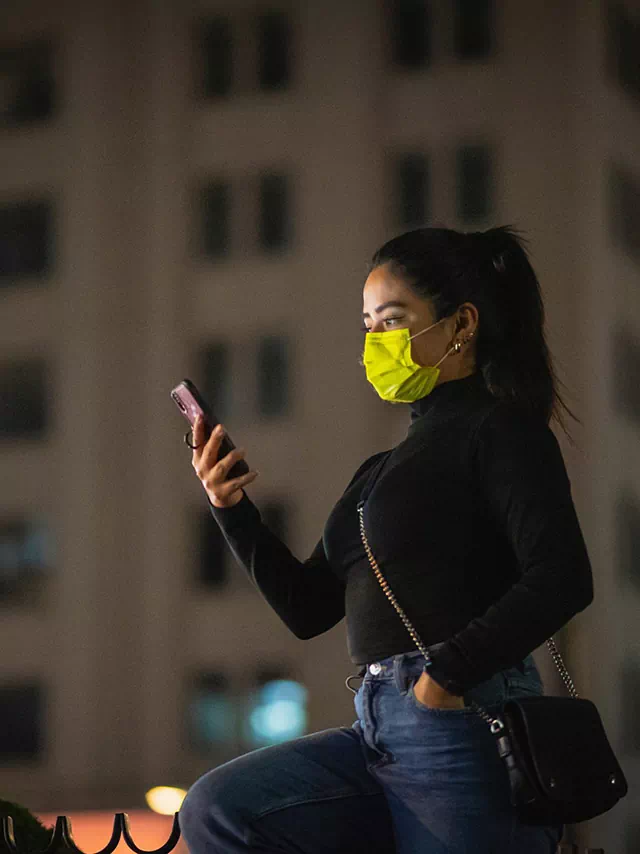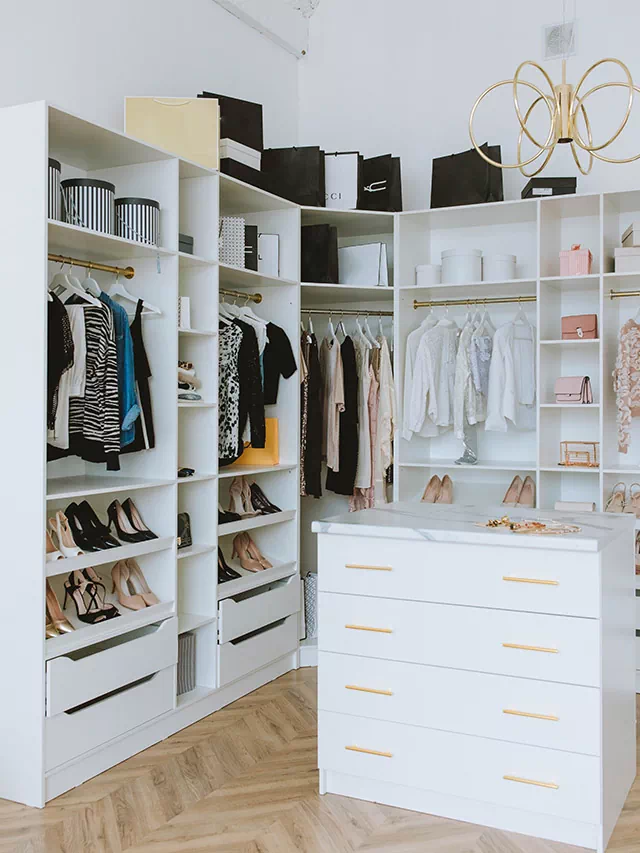Getting dressed for a date can be a daunting task, especially if you’re not sure what to wear. You want to make a good first impression and feel confident, but you also want to be comfortable and appropriate for the occasion. The clothes you wear on a date can have a significant impact on how you’re perceived, so it’s important to choose an outfit that reflects your personal style while also considering the context of the, we’ll explore 25 tips for wearing the right clothes for a date, from choosing the right colors and styles to considering cultural and religious considerations, to dressing for your age and confidence level. Whether you’re going on a first date or a special night out with your significant other, these tips will help you dress your best and make a great impression. So, let’s dive in and discover how to make the perfect outfit choice for your next date!
Dress according to the occasion
When deciding what to wear for a date, it’s important to consider the location and the atmosphere of the date. For example, if you’re going to a fancy restaurant, dress up a bit. This might mean wearing a cocktail dress or a suit. On the other hand, if the date is more casual, you can opt for jeans and a nice blouse or a casual dress. If you’re not sure what to wear, it’s always better to overdress than underdress.
Dress appropriately for the weather
Checking the weather forecast for the day of the date can help you decide what to wear. If it’s cold outside, wear something warm like a coat or a sweater. If it’s hot outside, wear clothes that are light and breathable. If there’s a chance of rain, bring an umbrella or wear waterproof shoes. Being prepared for the weather can help you feel more comfortable during the date.
Be yourself
One of the most important things when choosing what to wear for a date is to be yourself. Wear clothes that make you feel confident and comfortable. This doesn’t mean you can’t dress up or wear something new, but it’s important to make sure the clothes reflect your personal style. When you feel comfortable in what you’re wearing, you’ll be able to focus on the date instead of feeling self-conscious.
Avoid overly revealing or provocative clothing
While it’s important to dress attractively, avoid clothes that are too revealing or provocative, as it can give off the wrong impression. Showing too much skin can come across as trying too hard or even disrespectful. Instead, focus on clothes that flatter your body without being too revealing. For example, if you’re wearing a short dress, balance it out with a higher neckline.
Pay attention to grooming
It’s not just about the clothes – grooming is also important when it comes to creating the right impression on a date. Make sure your clothes are clean, ironed, and fit well. Also, don’t forget to pay attention to grooming details such as hair, nails, and makeup. A little effort can go a long way in making you look and feel your best.
Accessorize appropriately
Accessories can be a great way to add personality to your outfit and elevate your look. However, it’s important to choose accessories that are appropriate for the occasion. For example, wearing pair of earrings can elevate a simple outfit, while a watch can be a great accessory for a more formal occasion. Avoid wearing too many accessories that can overpower your outfit or distract from the conversation. Keep it simple and elegant.
Consider the date activity
The activity planned for the date can also impact what you wear. If it’s an active date like hiking or playing sports, wear comfortable and practical clothes. If it’s a more formal occasion like a dinner or a concert, dress up a bit. You can always ask your date what they are planning, or if they have any dress code requirements. This can help you make sure you’re dressed appropriately for the activity and won’t feel out of place.
Consider the location
The location of the date can play a big role in deciding what to wear. For example, if the date is at a beach or a park, wearing flip flops and shorts can be a comfortable and appropriate choice. However, if the date is at a fancy restaurant or a theatre, wearing more formal clothing may be required. Do some research on the location to get an idea of the dress code or atmosphere. You can also ask your date for some guidance on what they recommend.
Dress for your body type
Knowing your body type can help you choose clothes that flatter your figure and make you feel confident. If you have a pear-shaped body, consider wearing clothes that accentuate your waist and balance out your lower half. If you have an hourglass figure, wear clothes that show off your curves. You can also experiment with different styles and silhouettes to see what works best for you.
Choose comfortable shoes
Wearing uncomfortable shoes can ruin your date experience, so make sure to choose shoes that are both stylish and comfortable. If you’re going to be walking a lot, wear shoes that provide good support and cushioning. Avoid wearing new shoes that you haven’t broken in yet, as they can cause blisters and discomfort.
Keep it simple
While it can be tempting to wear bold or trendy clothing, keeping your outfit simple can help you create a timeless and elegant look styles that flatter your body type and avoid overly flashy or attention-grabbing clothing. A simple dress or a well-fitted shirt and jeans can be just as attractive as a more elaborate outfit. Remember, the focus of the date should be on getting to know each other, not on your clothing.
Consider your personal style
While it’s important to dress appropriately for the occasion, don’t be afraid to let your personal style shine through. If you typically dress in a certain way or have a signature look, incorporate that into your outfit. It’s important to feel like yourself on the date, and dressing in a way that reflects your personal style can help you feel more comfortable and confident.
Dress for the season
The season can also impact what you wear for a date. In the summer, lighter fabrics and bright colors can be appropriate, while in the winter, warmer clothing and darker colors may be more fitting. Don’t forget to also consider the temperature – even in the summer, it’s important to bring a light jacket or sweater in case it gets chilly.
Pay attention to details
Small details can make a big difference in your outfit. Make sure your clothes are free of stains or wrinkles, and double-check that everything is buttoned and zipped up. Take some time to iron your clothes or steam them to ensure a polished look. Pay attention to your accessories, too – make sure your jewelry is clean and not tangled, and your bag is in good condition.
Don’t forget about hygiene
While this may seem obvious, it’s important to make sure you’re well-groomed for your date. Make sure you’ve showered and brushed your teeth, and apply deodorant or perfume. Pay attention to your hair, nails, and skin – if you have any blemishes or chipped nail polish, take care of them before the date.
Dress appropriately for your age
While it’s important to dress for your personal style and body type, it’s also important to dress appropriately for your age. This doesn’t mean you have to dress conservatively or frumpy, but it’s important to avoid looking like you’re trying too hard to look younger. If you’re unsure of what’s appropriate for your age, look to fashion icons or celebrities in your age range for inspiration.
Be mindful of cultural or religious considerations
If you or your date come from a different cultural or religious background, it’s important to be mindful of any dress code requirements or customs. For example, in some cultures, it may be inappropriate to show too much skin or wear certain colors. Do some research or ask your date for guidance to make sure you’re dressed appropriately and respectfully.
Consider the time of day
The time of day can also impact what you wear for a date. If it’s a daytime date, lighter colors and fabrics can be appropriate, while in the evening, darker colors and dressier clothing may be more fitting. Pay attention to the time of day and plan your outfit accordingly.
Dress for your confidence
Ultimately, the most important thing is to dress in a way that makes you feel confident and comfortable. If you’re not comfortable in what you’re wearing, it will show in your body language and demeanor. Choose clothes that make you feel good about yourself and that you feel confident wearing. When you feel confident, you’ll be able to relax and enjoy the date.
Consider the weather
The weather can play a significant role in what you wear for your date. If it’s raining or snowing, make sure you have appropriate clothing and footwear to keep you dry and warm. If it’s hot outside breathe and keep you cool. You don’t want to be uncomfortable or distracted by the weather during your date, so make sure you’re prepared.
Dress for the activity
If your date involves a specific activity, make sure you dress appropriately for it. For example, if you’re going hiking or to a sporting event, wear comfortable and practical clothing and footwear. If you’re going to a fancy restaurant, dress up a bit more. You want to make sure you’re dressed for the occasion and that your outfit won’t hinder your ability to enjoy the activity.
Consider the location
The location of your date can also impact what you wear. If you’re going to a casual coffee shop, a more relaxed outfit can be appropriate. If you’re going to a fancy restaurant, dressier clothing may be necessary. Consider the setting and environment and plan your outfit accordingly.
Don’t forget about undergarments
While your outfit may be the focus, don’t forget about your undergarments. Make sure your bra, underwear, and any shapewear you’re wearing fit well and are comfortable. Avoid visible panty lines or bra straps that could detract from your outfit.
Be prepared for unexpected changes
Despite your best efforts to plan and prepare, sometimes unexpected things can happen. For example, your outfit may get stained or ripped, or the weather may suddenly change. Have a backup plan in case something unexpected happens, such as bringing a spare outfit or a jacket in case it gets cold.
Don’t overthink it
While it’s important to dress appropriately for your date, don’t overthink it too much. At the end of the day, your date is interested in getting to know you, not just your outfit. Choose an outfit that makes you feel confident and comfortable, and don’t stress too much about it. Focus on enjoying the experience and getting to know your date.
Dressing appropriately for a date is all about balance – finding the perfect mix of comfort, style, and appropriateness that makes you feel showing respect and consideration for the occasion and your date. By following these 25 tips, you can create an outfit that not only looks great but also reflects your unique personality and style. Remember, the most important thing is to be yourself and to have fun on your date. By dressing in a way that makes you feel confident and comfortable, you’ll be able to relax and enjoy the experience, and your date is sure to appreciate your authenticity and individuality. So, whether you’re going on a casual coffee date or a fancy night out, use these tips to create a look that makes you feel amazing and ready to take on the world!







